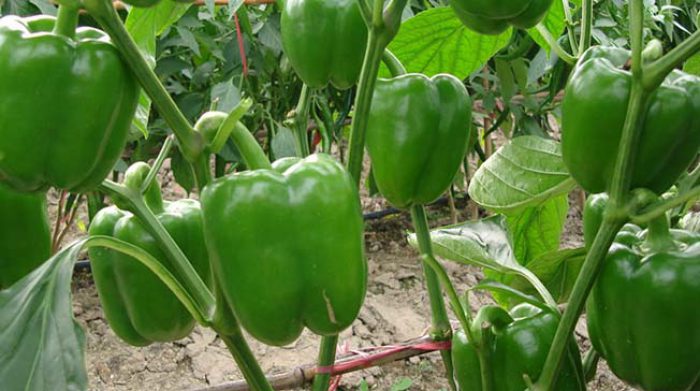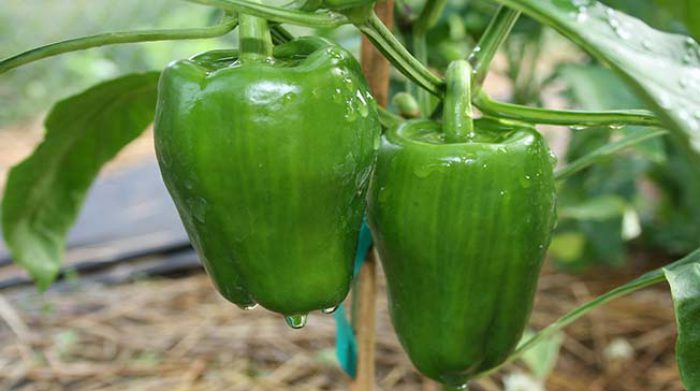Sweet pepper history
This product, also called sweet pepper, is native to Central America, North America and Mexico, was taken to Spain in 1493, and then expanded to the whole of Europe, Africa and Asia. Currently, China, Mexico and Indonesia are the world’s largest producer of peppers.
A sweet pepper is a one-year-old plant with a height of 50 to 180 cm, with white flowers. The fruits of this plant are in different colors such as green, white, purple, orange, red and yellow.
This plant has a weak root system, so it is important to get water and moisture suitable for its growth, and drying out will result in lack of flowering, falling flower buds and small stay of its fruits.
Sweet Pepper Properties
Excessive moisture and permanent soiling of the soil also cause stem decay, soaking the leaves and dropping the flower buds.
The sun needs direct sunlight, however, it’s possible that the very hot, warm places can burn the skin of the skin.
Sweet peppers require almost enough air. The best time for direct sowing should be when the soil temperature reaches 15 to 20 ° C.
A temperature of over 35 degrees with sunlight may cause burns and shedding of flower buds and burning sunburns on the fruit.
Sowing pepper seeds is the most commonly used propagation method. For planting this plant about 6 weeks before half-time in the interior of the room, seed the seeds in a pot, and when the outdoor temperature is appropriate, move the pots out.
If you want to transplant and plant the seedlings from the first planting site, it is better to use the seedbed trays. ۱ to 3 weeks of seed germination. When the seedlings are two pairs of leaves, it is a good time for the transfer operation.



